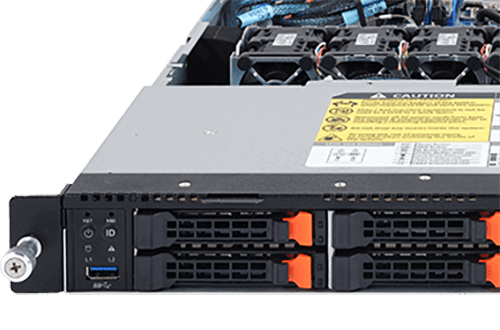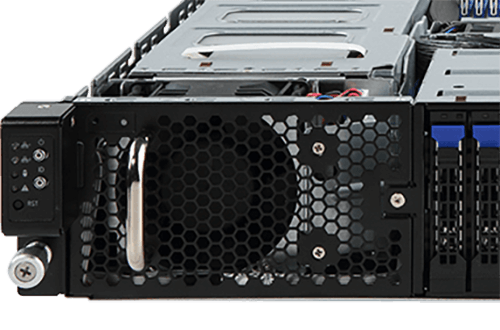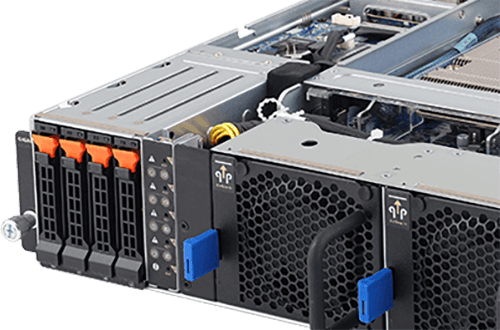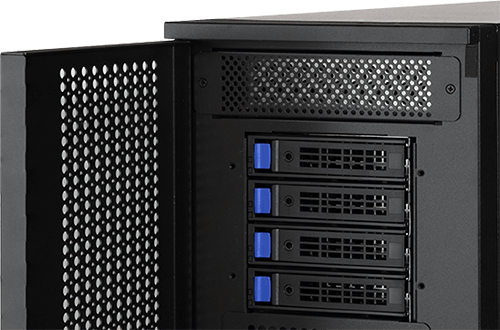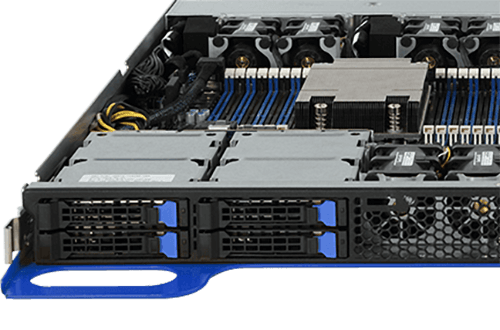Success-Case
The Advanced IC Lab at NYCU was Upgraded to Elevate the Taiwan Semiconductor Industry and Talent
The Advanced IC Lab at National Yang Ming Chiao Tung University (NYCU) has been upgraded to enhance Taiwan's semiconductor industry and talent cultivation. With contributions from GIGABYTE Technology and partners, the lab now features cutting-edge servers, improving both computational capabilities and educational outcomes. The new infrastructure enables efficient testing of IC designs and supports advanced learning and research, fostering talent that will drive future innovations in the semiconductor industry.


Dr. Chen-Yi Lee (on the right) discusses chip advancements (Source: TechNews)
GIGABYTE Steps in to Upgrade the Lab
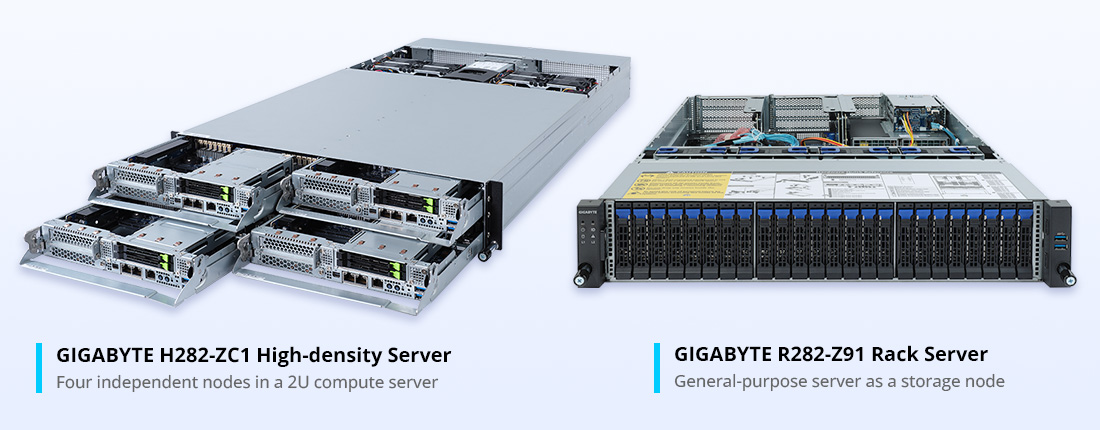
Upgraded Experience Boosts Learning: Smooth Performance for Multiple Users

Senior lab manager Lin-Hung Lai introduced us to the dedicated server room space of GIGABYTE servers, which makes management more convenient. (Source: TechNews)
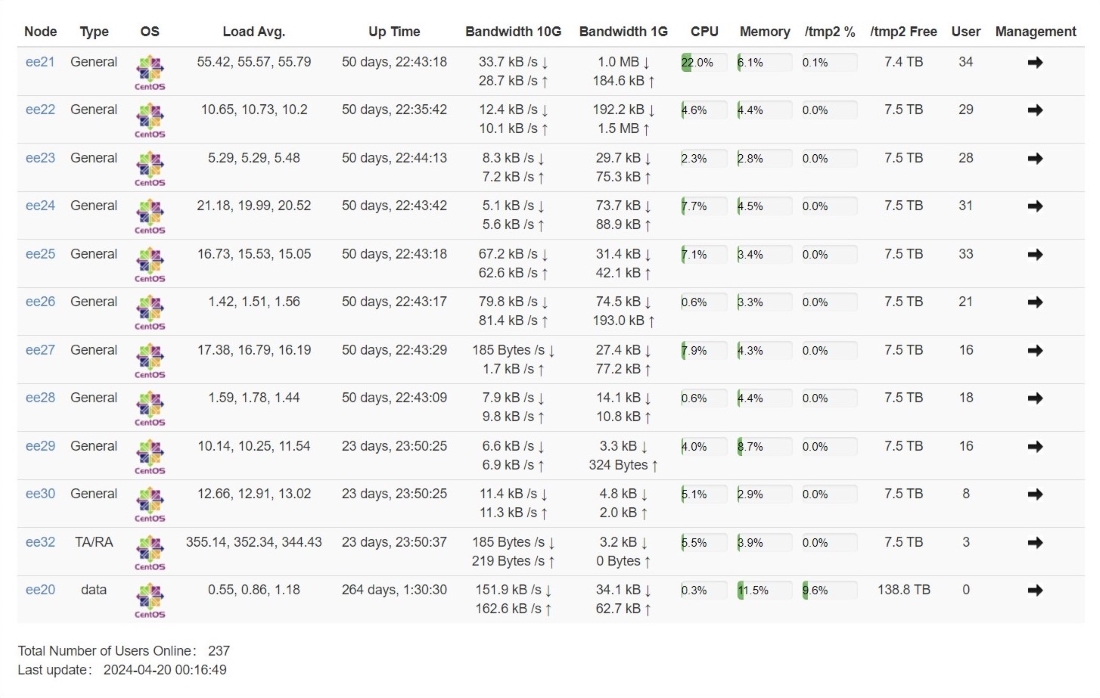
IT resources being allocated for 217 online users. (Source: NYCU IC Lab)
From Insufficient Hardware to Incredible Computing Performance
Talent and Contributions Are Never Lost
Get the inside scoop on the latest tech trends, subscribe today!
Get Updates
Get the inside scoop on the latest tech trends, subscribe today!
Get Updates







